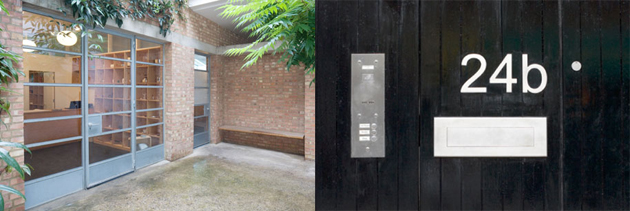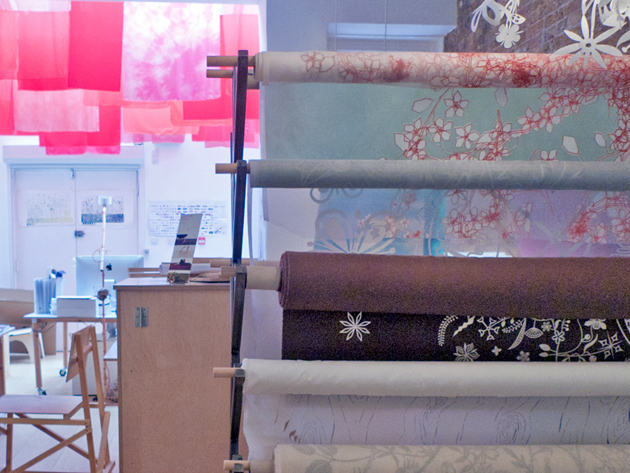Multitasking is not just about mental organization. Our most widespread attempt for simultaneous multiplicity, a true synonym of contemporary weltanshauung, is also investing in the space we live in, transforming our environment into an hybrid place open to different targets and expectations. A visit to Shoreditch, London’s East-End epicentre of creativity, is a chance to observe how this phenomenon has been affecting design studios’ identity.
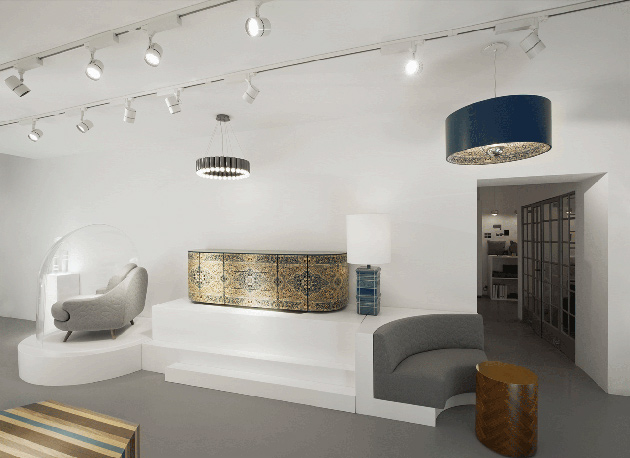
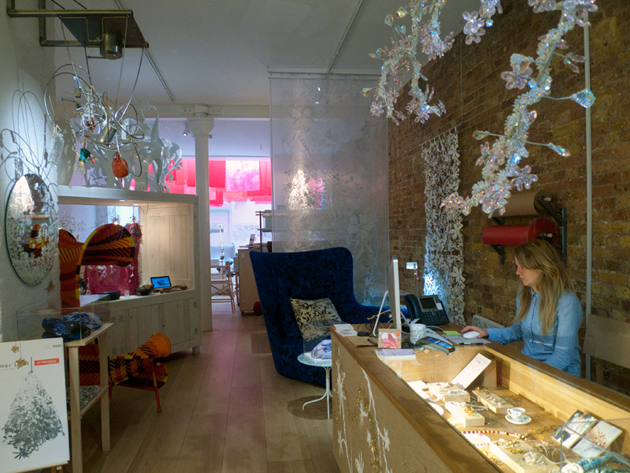
The most acclaimed British interpreter of minimalism, Jasper Morrison was among the first to move his office to this neighborhood. His headquarters, hidden behind an anonymous street door, rubs shoulders with a shop devoted to his “Supernormal” collection of ordinary but essential objects, and a design studio, inaccessible for clients. When you ring the doorbell and enter the white, tiny court, it feels like accessing a secret, suspended world: the discovery of the place or its offers isn’t due to serendipity. On the contrary, both the interior design and the products selection are no-frills but accurately conscious, and every object has more of a fetish than its plain look would suggest at first.
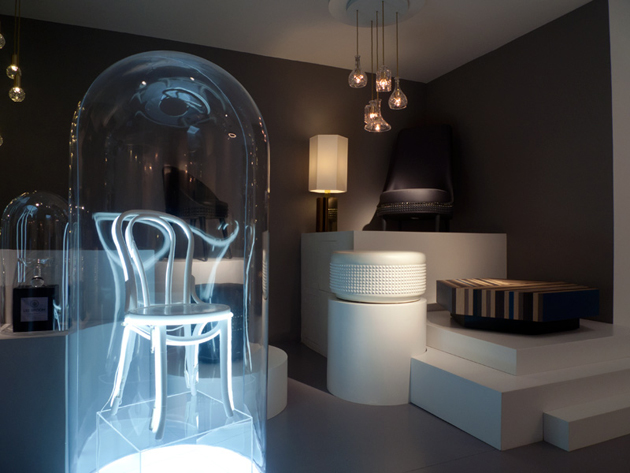
Few blocks away, Tord Boontje welcomes the followers of his laser-cut floral world into a wide open space. Its layout is similar to traditional shops: all its multi-branded creations are on sale, and their display is as accurate as if we were in a luxury department store. Yet, on a closer inspection, the presence of computers on the back suggests us that a few designers are working side by side to customers. Their presence is discreet and their glances silently observe our preferences: are they there to gather our wishes and interpret our unknown desires?
Lee Broom, enfant prodige of interior design and interpreter of the XXI century posh punk, is the latest to choose Shoreditch as a base. His brand new “Electra House” hub is both a showroom and a design studio: two contiguous rooms, each with a specific function, interact through an open door which leads to communication and exchange. Customers have their own dedicated perspective, like the audience of a play, and are free to observe how ideas and sketches take shape around the conference table and the moodboards on the walls. Thus, design is no more a segregated working attitude, as commerce is no more about buying: melted together, they are turned into a sophisticated and often intangible form of entertainment.
